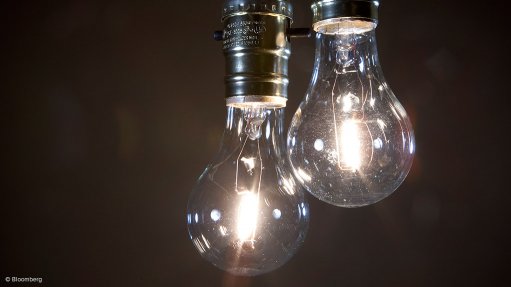
Photo by: Bloomberg
Green buildings outperform their conventional counterparts by almost 30%, the IPD South Africa Annual Green Property Indicators 2014 report shows.
The research report, compiled by analyst company MSCI, found that green properties delivered an ungeared total return of 12.1%, while less efficient buildings only delivered a total return of about 9.4%.
“The business case to invest in green buildings is becoming more compelling every year,” Green Building Council of South Africa CEO Brian Wilkinson said.
The research, for the year ended December 2014, comprised the IPD South Africa database of 1 726 properties, valued at more than R264-billion, of which the Green Property Indicators assessed a subset of 597 commercial buildings across 14 property types.
“The return of 12.1% on greener buildings illustrated in the latest index results is 270 basis points (bps) above the balance of the sample of properties.
“In 2013, green properties outperformed normal commercial properties by 170 bps, which means that the 2014 results show an even higher return for green buildings. This is remarkable and makes an even stronger business case for investing in green buildings,” Wilkinson noted.
He added that the index confirmed that, for property owners, investing in energy and water efficiency, as well as green building practices, made both environmental and economic sense.
“This innovative index is set to become an important tool in the evaluation of both portfolio performance and, in turn, asset and portfolio value. We anticipate this will further drive green building practices and investment in South Africa,” he said.
The superior performance of green buildings was driven largely by a higher capital growth of 5.5%, compared with the significantly lower 1.8% achieved by the balance of the sample. This capital growth was as a result of higher occupancy rates and a superior net income growth.
“Electricity, water and waste disposal are among the chief operational costs in most buildings. Green buildings provide the opportunity to significantly reduce these costs.
“Given that utilities typically account for more than 30% of a building’s operating expenses and green building significantly reduces these, the impact on net operating income is substantial. Further, and on a capitalised basis, the effect of green building practice on building valuation is indeed powerful,” Wilkinson stated.